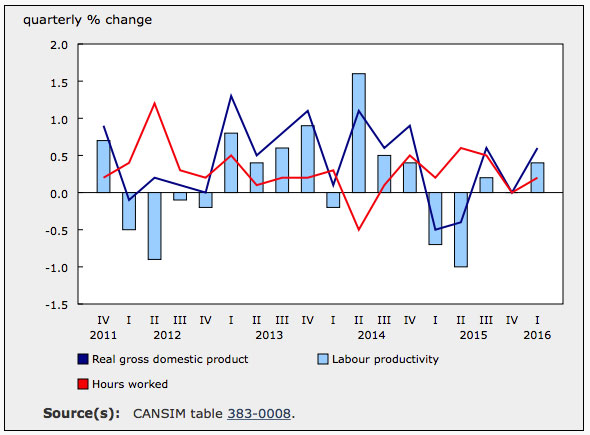Empowering Futures by Hiring Students Today

June 10, 2020
By Michelle Branigan
Student workers may make up a relatively small portion of the sector workforce, but their impact is substantial. EHRC’s Empowering Futures wage subsidy program has placed 510 students, contributing $14.8 million to the Canadian economy (and counting). That’s no small figure, especially considering that many placements are only a few months long.
In challenging economic times, the tendency might be to pull back on initiatives not deemed essential to operating — why take a chance on an inexperienced employee for only a short time when resources are already stretched?
In fact, there are many good reasons.
While times are difficult now, we must take a long view when looking at our sector’s workforce and the Canadian economy at large. We know that students who graduate having had some kind of hands-on work experience can join the workforce and be productive more quickly. As our sector’s skills needs evolve rapidly, every opportunity for young workers to apply their learning is invaluable for employers who rely on cutting-edge talent. Helping students build professional skills and competencies now ensures that our sector will remain strong and resilient through the coming years. What’s more, having the additional capacity can help you accomplish more with less, especially when the student labour is heavily supported by the Empowering Futures program.
Because of recent changes to Empowering Futures, the financial risk for employers is low: EHRC is now able to cover 75% of all student placements to a maximum of $7,500 per placement. In addition, employers can now apply to be pre-approved for funding before finalizing the hiring process, and students can complete a work placement remotely (where possible). Jobs can cover a wide array of positions, from engineering to project management, business development, communications and more.
This makes it easier than ever, even in these tough times, to bring on student workers to get projects done and build your talent pipeline
We encourage employers large and small to think about how they can most effectively make use of the program while the flexibility measures are in place until March 31, 2021. While we are all trying our best to work our way through the present, let’s not forget that we also have the tools to ensure a thriving future for our sector. As the saying goes: the best time to start was yesterday; the next best time is today.
Michelle Branigan is CEO, Electricity Human Resources Canada.











